$25.99
- Cast: Ali MacGraw | Bo Hopkins | Chalo González | Daniel Melnick | David Warner | David Weddle | Ernest Borgnine | Fern Lea Peter | Garner Simmons | Gordon T. Dawson | Isela Vega | James Coburn | Katherine Haber | Kris Kristofferson | L.Q. Jones | Lupita Peckinpah | Mario Adorf | Martin Lewis | R.G. Armstrong | Roger Fritz | Sam Peckinpah | Senta Berger | Vadim Glowna
- Directors: Mike Siegel
- Contributor:
- Product Types: Movies & TV Home Entertainment
- Formats: DVD
- Genres: Action | Cult Cinema | Documentary | Thrillers
- Studios: El Dorado Productions
- More: Mike Siegel | Sam Peckinpah
Passion & Poetry – The Ballad of Sam Peckinpah is the portrayal of a talented, influencial and troubled artist: A film maker who fought his own demons and seemed to live his own legend like no other director. Against all odds Peckinpah was able to create a very personal body of work in the studio system of Hollywood and with his powerful directing and editing style changed the way of film making forever. Legendary for his use of slow-motion violence, various scandals and his ongoing problems with sudios and producers, the story of Sam Peckinpah is filled with tragedy, humor, success and defeat.
In Passion & Poetry, Sam Peckinpah himself gives us his thoughts on film making, violence and his problems in Hollywood. Actors and friends, family and crewmembers take us on a ride through the adventurous times of 1960’s and 70’s movie-‐making and tell us hair-‐raising stories about Peckinpah’s erratic behaviour as well as anecdotes on the making of some of the best films that ever came out of Hollywood: The legacy of Sam Peckinpah.
Coming from a family of well known Californian pioneers, judges and lawyers, Sam Peckinpah entered the film industry by becoming an assistant to director Don Siegel in 1953. Two years later Siegel suggested Peckinpah as a writer for the newly developed TV series GUNSMOKE. Peckinpah soon became one of the hottest writers and directors in television and created both THE RIFLEMAN & THE WESTERNER.
His second feature film, RIDE THE HIGH COUNTRY (1962), starring Randolph Scott and Joel McCrea, soon established him as a gifted director. It was a moving portrayal of two aging gunfighters and the dying west: Peckinpah’s hommage to his father and one of the best westerns ever made. After this success, Sam Peckinpah was ‘hot’ in 1963, but in less than a year, he was neither hot nor wanted, but blacklisted!
When the budget for his next film, MAJOR DUNDEE, starring Charlton Heston, was suddenly cut down by 30%, Peckinpah started a fight with Producer Jerry Bresler who eventually shortened Peckinpah’s cut by over 30 minutes. The film suffered badly. Only months later Peckinpah started to work on THE CINCINNATI KID but was fired after only four days. Peckinpah was now unofficially blacklisted and couldn’t find work as a director for years.
In 1968 he finally got his chance for a comeback and created a character-driven action drama of Shakespearian proportions: THE WILD BUNCH. Although harshly criticized in 1969 for its graphic violence, the film established him as a directorial genius and changed the way of movie making. It also started Peckinpah’s best period: THE BALLAD OF CABLE HOGUE (1970), STRAW DOGS (1971), JUNIOR BONNER (1972), THE GETAWAY (1973) and PAT GARRETT & BILLY THE KID (1973).
By 1972 Sam Peckinpah had become a celebrity and was nicknamed ‘Bloody Sam’ and ‘Picasso of Violence’. The hard-‐drinking film maker had trapped himself: While he himself was interested in serious drama and poetry, the film industry looked upon him as a ‘rough & tough director’, to be offered only action fare.
During the making of THE KILLER ELITE (1975) Peckinpah was introduced to cocaine. He already had enough trouble with his drinking, so the drug really started his downfall and exaggerated his already self-destructive life style. After making CROSS OF IRON (1976) Peckinpah’s drug problems soon became evident. His erratic behaviour during the making of CONVOY (1977) led to another five years without a directing job.
In 1983 he proved that he had cleaned up his act and finished THE OSTERMAN WEEKEND on time and to budget, but for his health, it was too late: Only weeks after he directed two music videos for singer Julian Lennon, Sam Peckinpah died of a heart attack on December 28th 1984.
The Story behind Passion & Poetry
In September 2000 film historian and filmmaker Mike Siegel co-‐organized a 10-‐day retrospective on maverick filmmaker Sam Peckinpah in Padua, Italy. The festival turned out to be a ‘family affair’ with as many Peckinpah crew & family members as have ever attended a public event. While Siegel became friends with movie legends such as Ali MacGraw, James Coburn and the 1918 born R.G. Armstrong, Siegel decided to make a definitive film on the notorious talented and equally troubled Director.
The Lost Location
Mike Siegel’s dream of the film began was the opening scene - it had to be the ancient ruin of the ‘WILD BUNCH’ hacienda, deep in the Mexican desert. Unfortunately, after 35 years nobody seemed to remember its whereabouts. He had to locate it…
Through an internet forum, Siegel met 72-year old Texan Rolly Brook who lives near the Mexican desert where the hacienda was supposed to be. Rolly crossed the vast area for days and hours before he finally forwarded an e-mail to Mike in Germany: He had found the Hacienda Cienega Del Carmen! When Siegel flew to Torreon, Mexico, the two of them took several trips to Peckinpah’s favorite location. To share their experience, Peckinpah’s daughter Lupita joined them from Mexico-‐City. While shooting there, they even found live ammunition. As Ernest Borgnine explained, it might come from the Mexican extras, who took their job too seriously back in ’68. But it also might be a legacy of Pancho Villas men, who fought there some 90 years ago!
The Crazy World of Sam Peckinpah
Getting 21 actors, friends & associates of Peckinpah in front of his camera, with no production company behind him, wasn’t an easy task either. Siegel had to play the ‘Peckinpah game’ it seemed: Actor L.Q. Jones, who Siegel knew by letters and phone calls for years, refused every other day to be filmed without being paid.
Something out of the question for Siegel, who had no budget to speak of. Siegel kept on pushing with no luck at all. Shortly before he left Hollywood, Siegel left his final message on Jones’ answering machine and called the Texas-‐born actor a horse thief. Two days later L.Q. gave him his interview and rewarded him with a four-hour session.
Getting Ernest Borgnine wasn’t any easier: On the phone Borgnine said he wouldn’t remember much, but that Siegel could keep trying his luck. Finally, Siegel gave him a call from the WILD BUNCH location in the middle of the Mexican desert. The ‘BUNCH member’ Borgnine was so impressed that he started recalling the most fascinating stories about Peckinpah. “Not NOW !,” Siegel said, “I need that ON camera…” “You’re a pain in the ass, Mike,” Borgnine replied, “…alright, get over here…”
But when Siegel and his co-producer Patrick Gleason set up their equipment in Borgnine’s Mulholland Drive house, the actor called in directly from the dentist: He couldn’t make the appointment. Again Siegel pushed hard and finally was able to interview Ernest Borgnine, only hours before he took his plane back to Germany. When the academy‐awarded actor opened the door, he welcomed Siegel with his famous grin: “Hi! I’m Ernest Borgnine!.” “Hi! I’m the pain in the ass!,” Mike Siegel replied. They got along famously…
In Los Angeles Mike Siegel also got together with Producer - Comedian Martin Lewis, who had produced the very last work of Sam Peckinpah in 1984. While remembering how Peckinpah once throw a knife at him, Lewis suddenly remembered some stored-away behind-the-scenes footage he had on the making of the two Julian Lennon video clips. The exclusive footage shows Sam Peckinpah at work, only weeks before he passed away.
Three Years in the Making
In 2003 and 2004 Mike Siegel kept shooting actors in London, Berlin and Munich. Once the movie was in the can, Siegel was suddenly asked to write and create a photo-‐book based upon his collection on Sam Peckinpah.
With further poster sales and a much appreciated help from his friends Elmar Berger and Chris Prowting, Siegel edited his film Passion & Poetry – The Ballad of Sam Peckinpah in 2004. Out of the 30 hours of footage that had been filmed for Passion & Poetry, Siegel edited in 2005 and 2007 two additional documentaries for the DVD releases of MAJOR DUNDEE (Sony) and STRAW DOGS (German 2 - disc SE by EuroVideo). In 2005 he started writing for the magazin Cinema Retro with a 16-page special on Sam Peckinpah. In the following years Siegel would co-produce over a dozen international Peckinpah DVD and Blu-ray releases. The ballad had become a long journey.
Passion & Poetry includes appearances by Mario Adorf, R.G. Armstrong, Senta Berger, Ernest Borgnine, James Coburn, Gordon T. Dawson, Roger Fritz, Vadim Glowna, Chalo González, Katherine Haber, Bo Hopkins, L.Q. Jones, Kris Kristofferson, Martin Lewis, Ali MacGraw, Daniel Melnick, Lupita Peckinpah, Fern Lea Peter, Garner Simmons, Isela Vega, David Warner and David Weddle.
Sam Peckinpah Filmography
- The Osterman Weekend (1983)
- Convoy (1978)
- Cross of Iron (1977)
- The Killer Elite (1975)
- Bring Me the Head of Alfredo Garcia (1974)
- Pat Garrett & Billy the Kid (1973)
- The Getaway (1972)
- Junior Bonner (1972)
- Straw Dogs (1971)
- The Ballad of Cable Hogue (1970)
- The Wild Bunch (1969)
- Major Dundee (1965)
- Ride the High Country (1962)
- The Deadly Companions (1961)
Special Features
- Audio commentary by Mike Siegel
- Stories on a Storyteller, a 3-part documentary with additional interviews:
Part 1: The Westerner (29 min.)
Part 2: Art & Success (36 min.)
Part 3: Poet on the Loose (38 min.) - Mapache Territory (15 min.), a featurette about the Wild Bunch locations in Mexico
- Ernest Borgnine on the Wild Bunch (15 min.), interview featurette
- Amaray in slipcase, english audio-commentary and 8-page booklet (German)
- Mike's Home Movies (14 min.), Festivals & behind the scenes

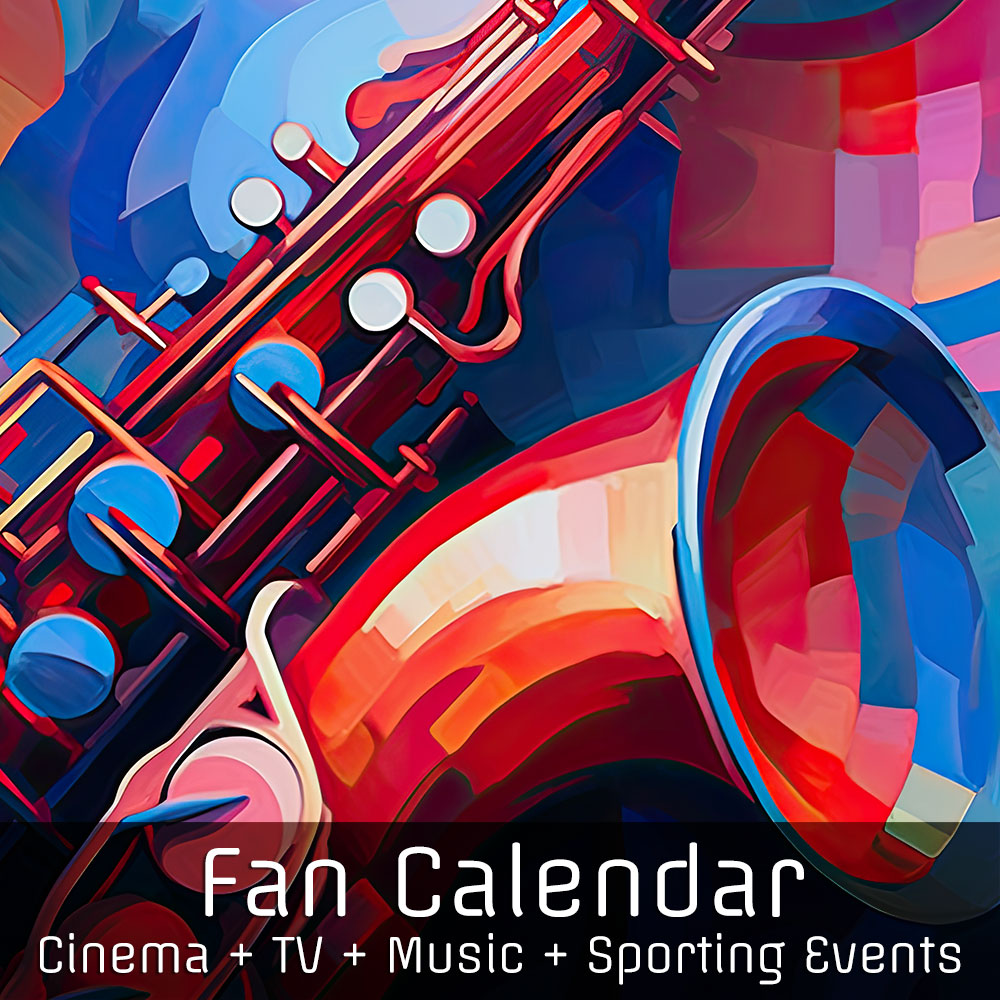




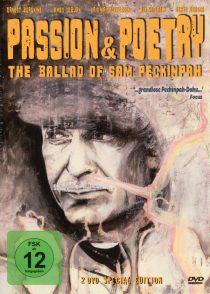
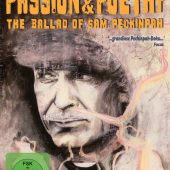
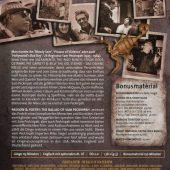
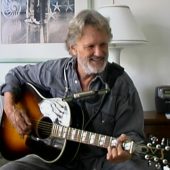
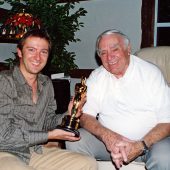

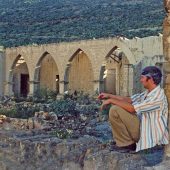

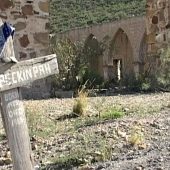
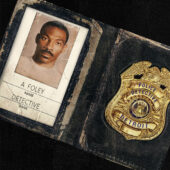
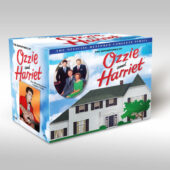
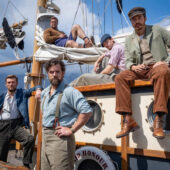
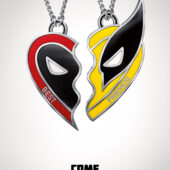



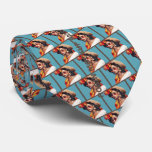
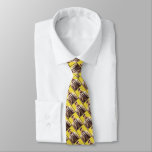
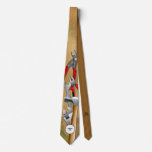
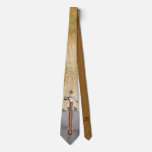
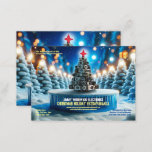
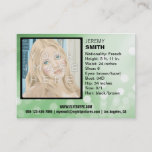
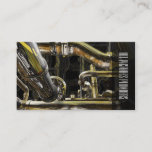

![Radio City Music Hall New York City (1959) Photo Print [210907-0040]](https://www.filmfetish.com/img/p/2021/11/210907-0040-radio-city-nyc-11x85-web-170x170.jpg)
![White Cheetah 32×24 inch Archival Photography Print by Rocco Sette [N48]](https://www.filmfetish.com/img/p/2023/02/P1490348--170x170.jpg)
![Solid Gold Sex Kitten Actress Margaret Nolan (Vicky Kennedy) Photo [221205-43]](https://www.filmfetish.com/img/p/2023/01/221205-43-margaret-nolan-aka-vicki-kennedy-85x11-web-170x170.jpg)
![Actress Mimi Rogers Publicity Photo [210906-7]](https://www.filmfetish.com/img/p/2021/10/210906-7-13x19-web-170x170.jpg)







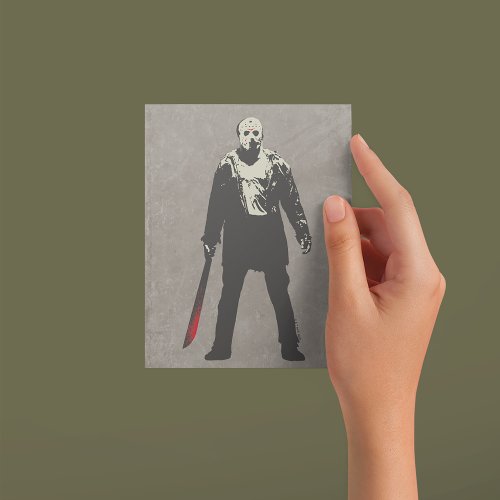
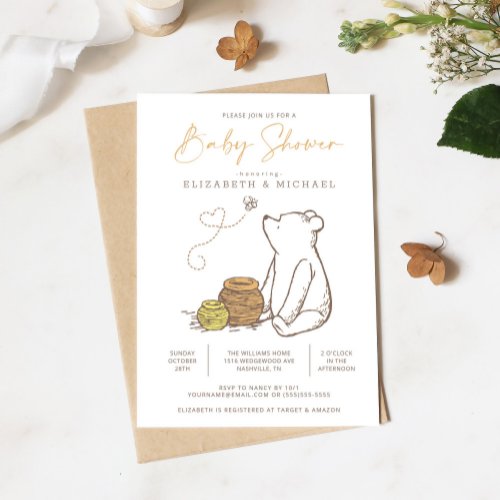
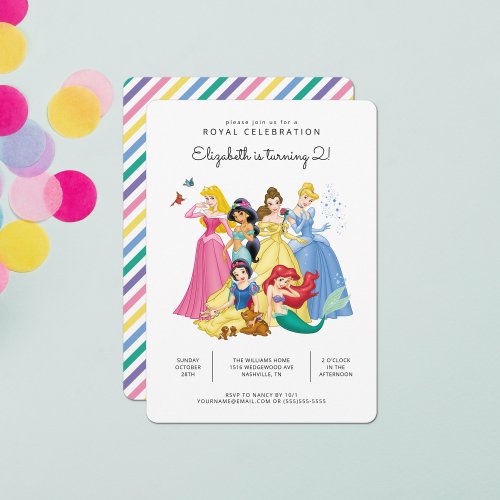
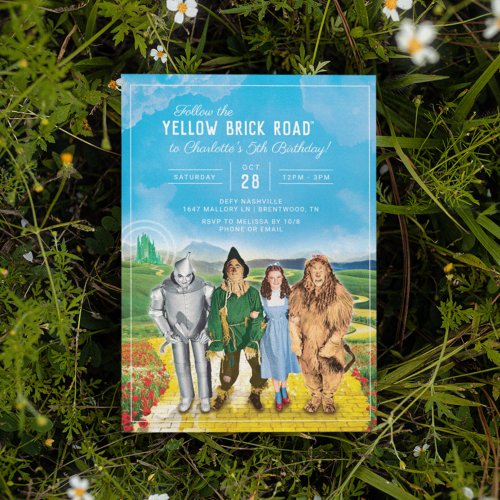
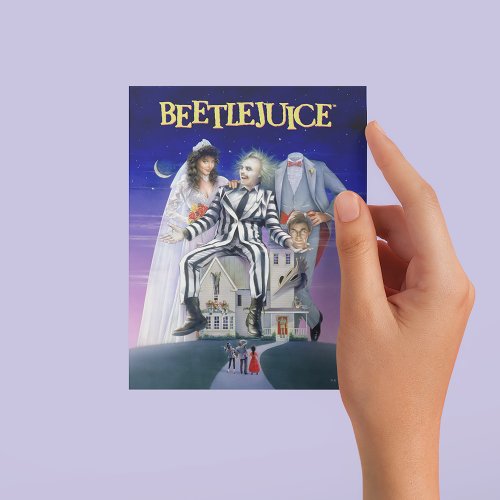
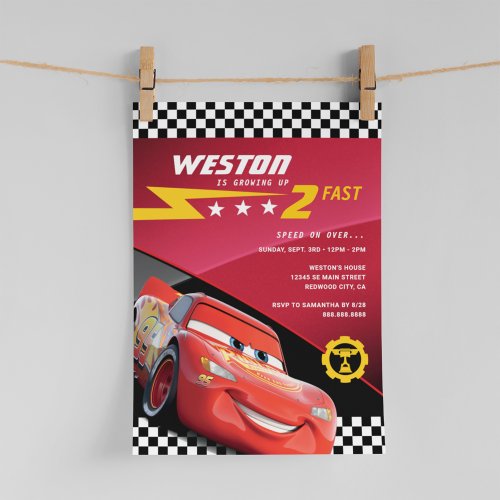

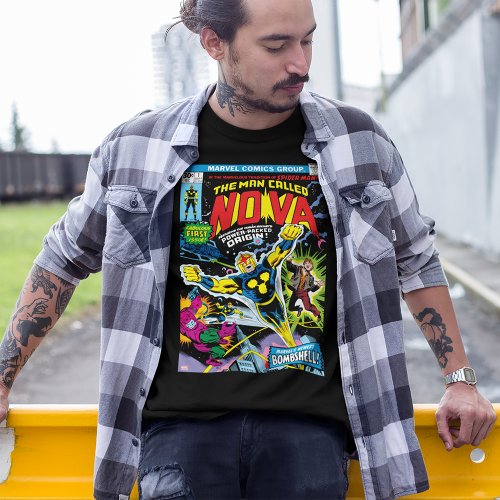
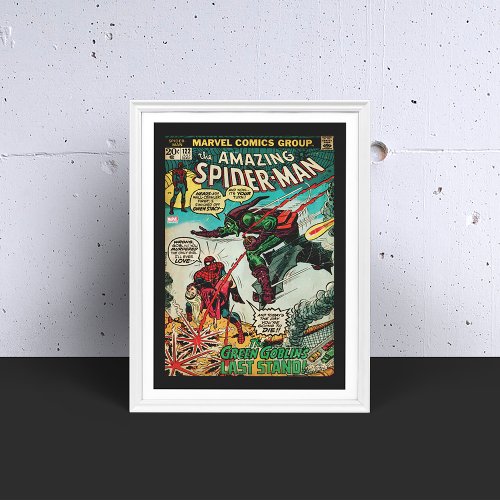
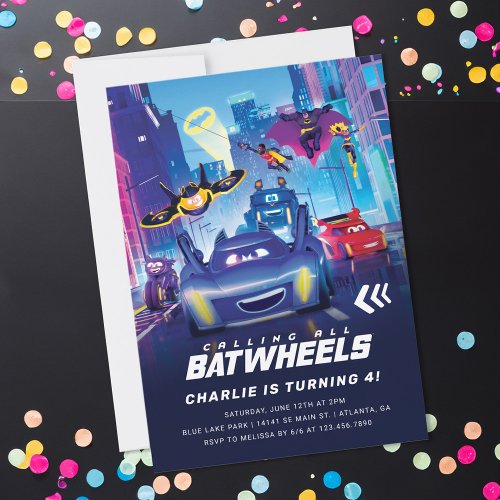

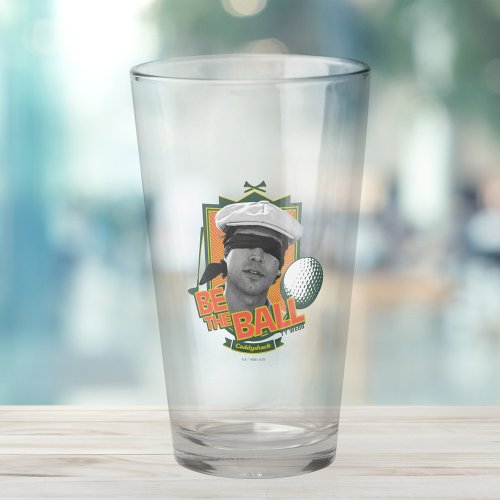
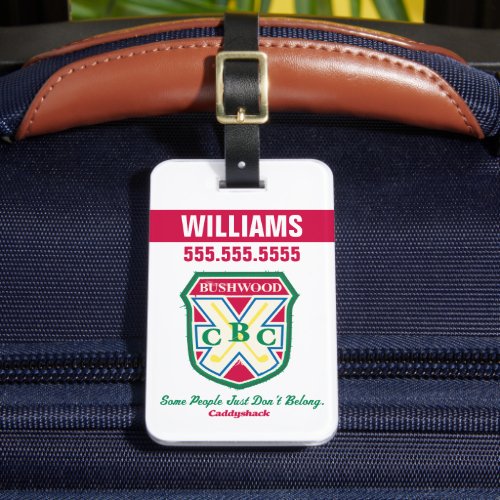
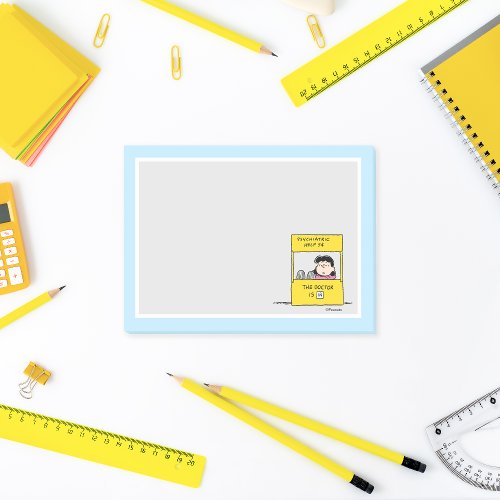
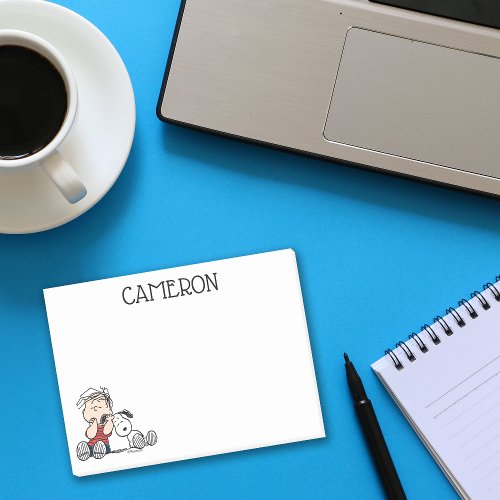

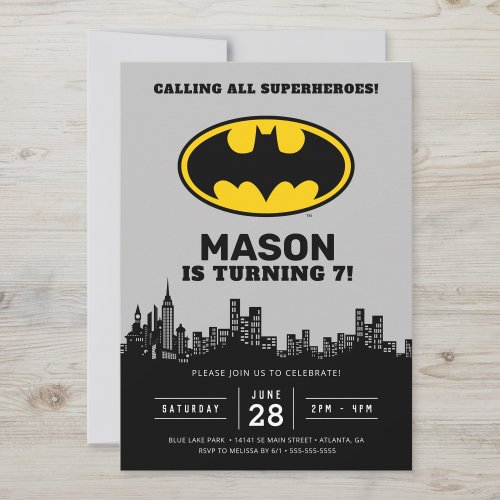
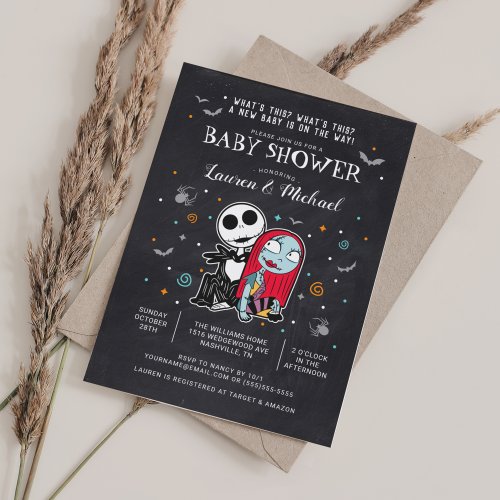
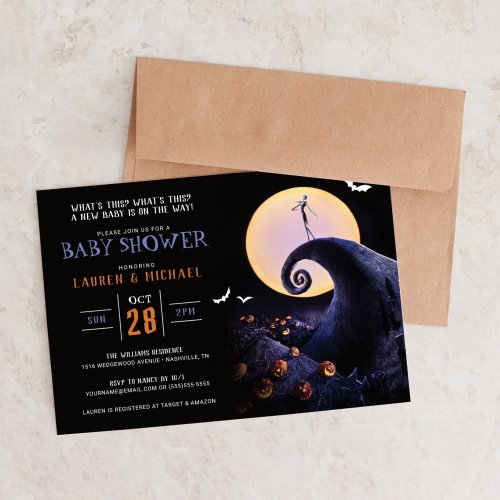
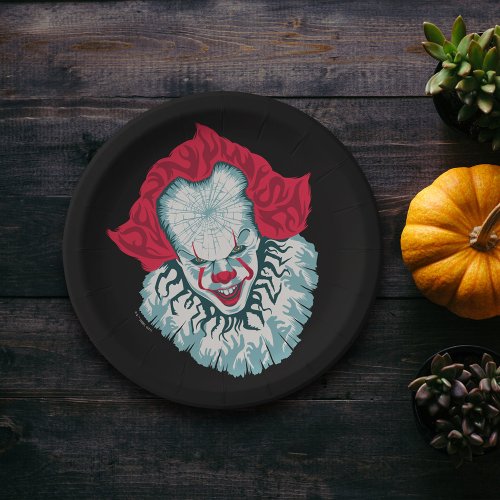
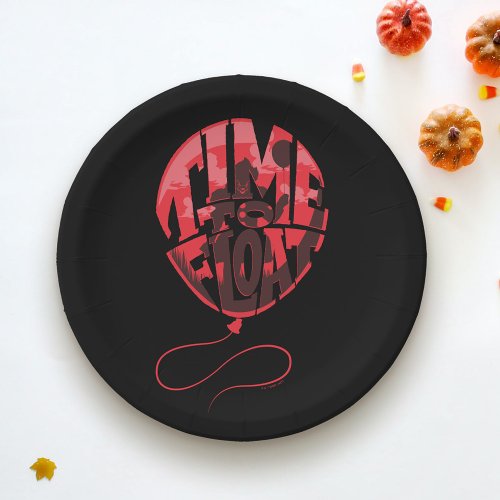
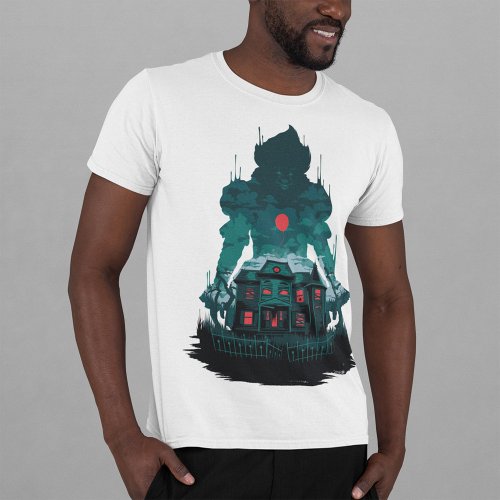
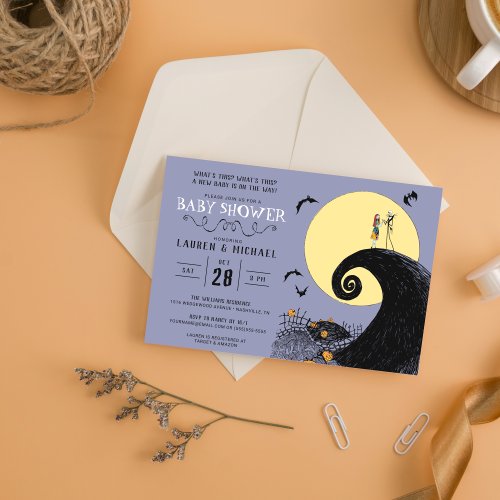
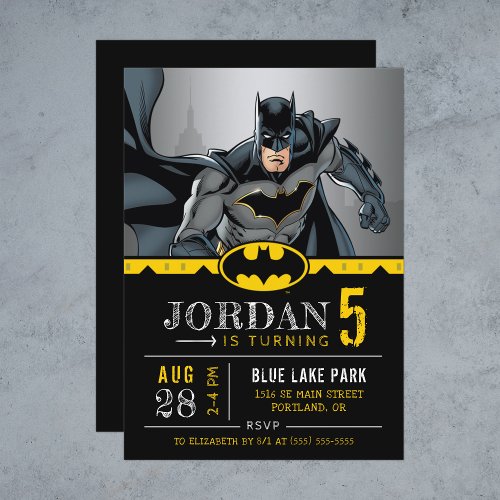
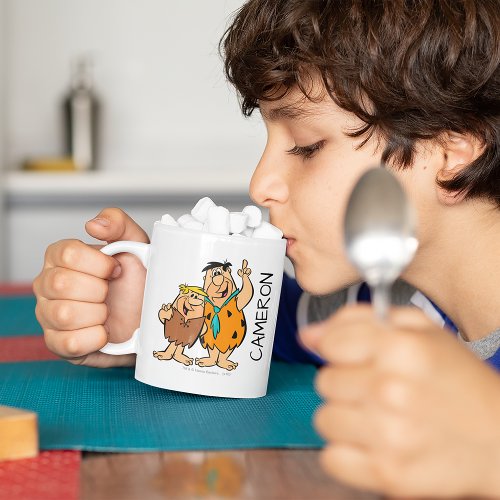
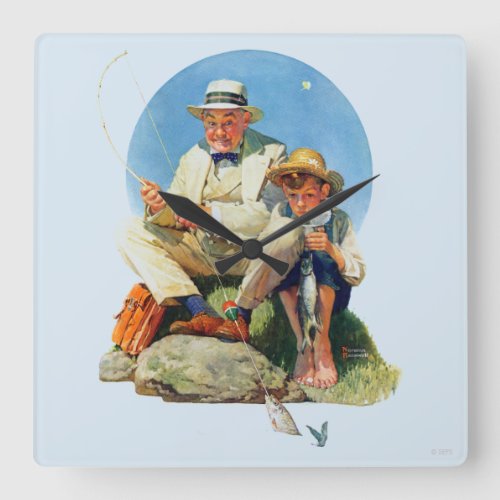
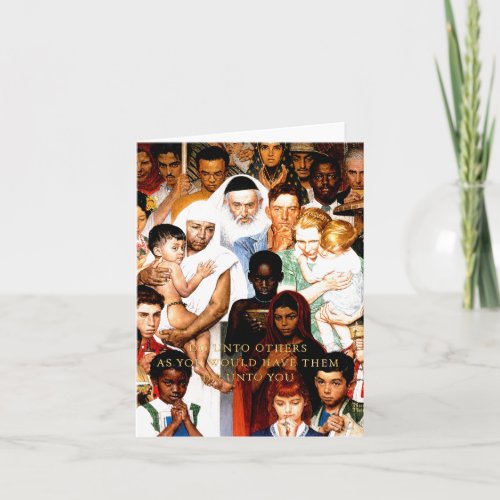
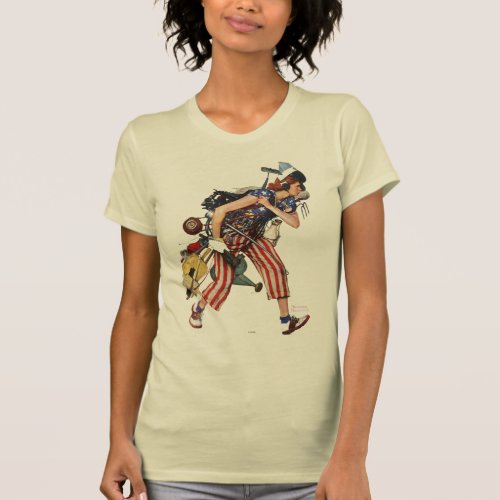
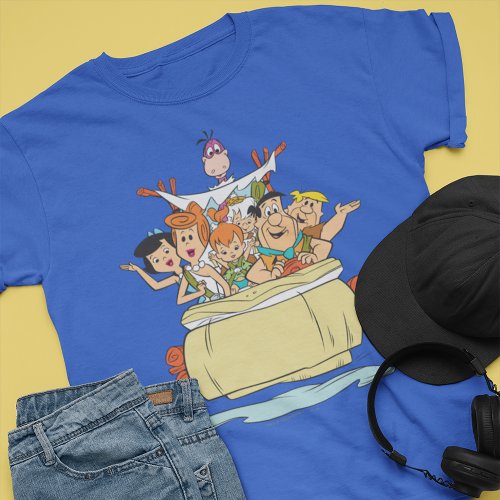
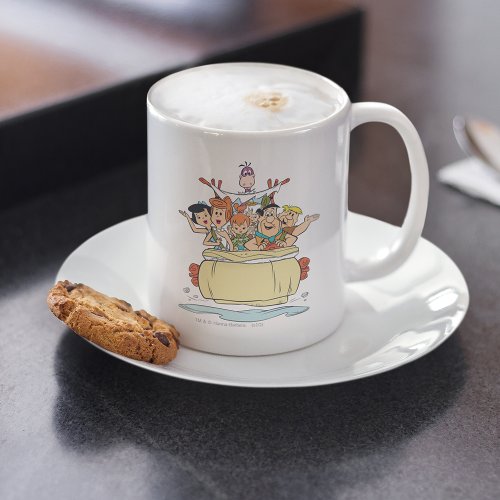
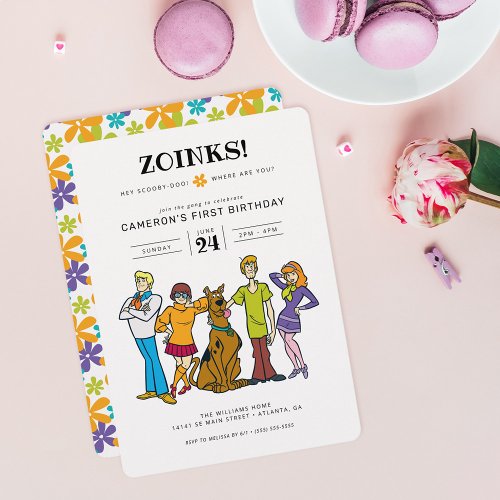
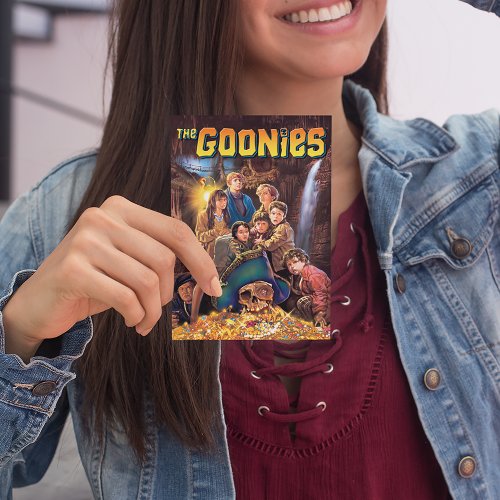
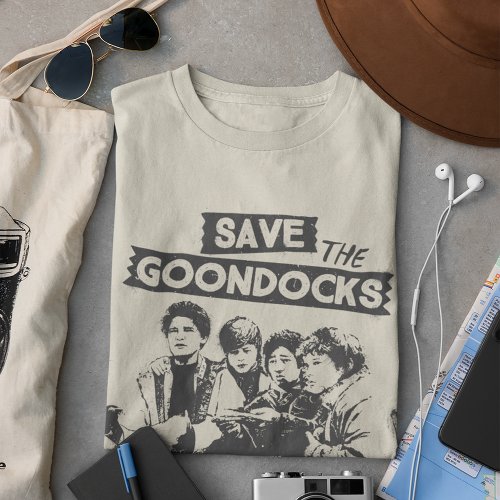
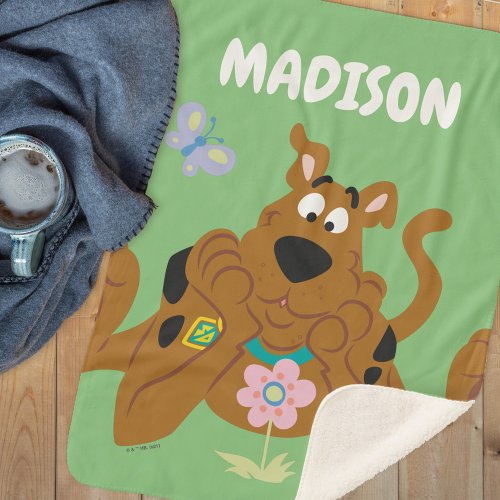
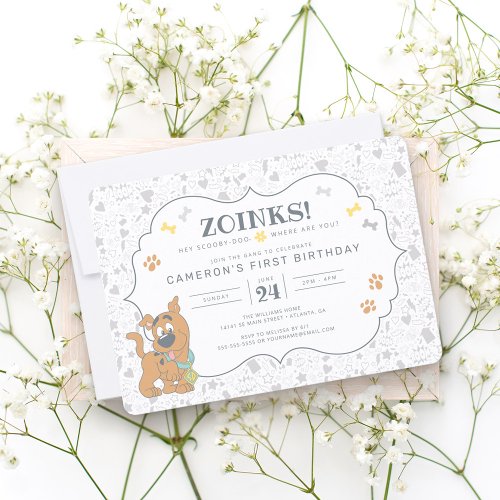
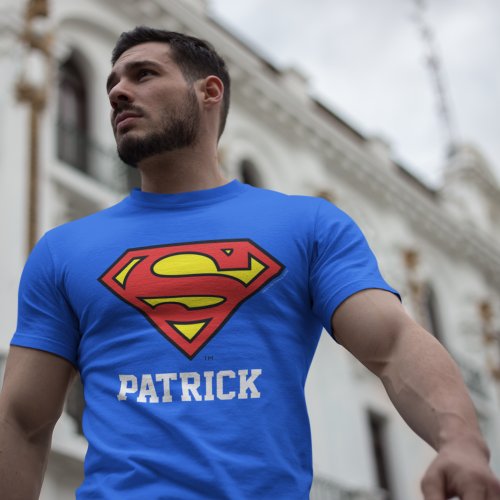
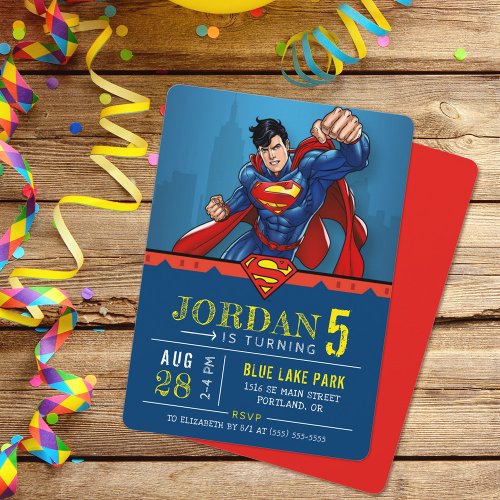


![Cry-Baby Johnny Depp Movie 27×51 Licensed Beach Towel [J93]](https://www.filmfetish.com/img/p/2023/01/P1470735--170x170.jpg)

![Poltergeist III 27×41 inch Original Movie Poster (1988) Tom Skerritt, Nancy Allen [9351]](https://www.filmfetish.com/img/p/2019/11/poltergeist-3-9351-01-170x170.jpg)
![The Lost Boys Original Motion Picture Soundtrack Cassette Tape [U65]](https://www.filmfetish.com/img/p/2021/08/lost-boys-soundtrack-u65-00002-170x170.jpg)


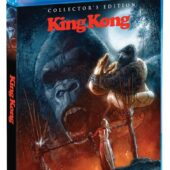
![Actress Lisa Farringer Publicity Photo [221116-8]](https://www.filmfetish.com/img/p/2023/02/221116-8-lisa-farringer-85x11-web-170x170.jpg)
